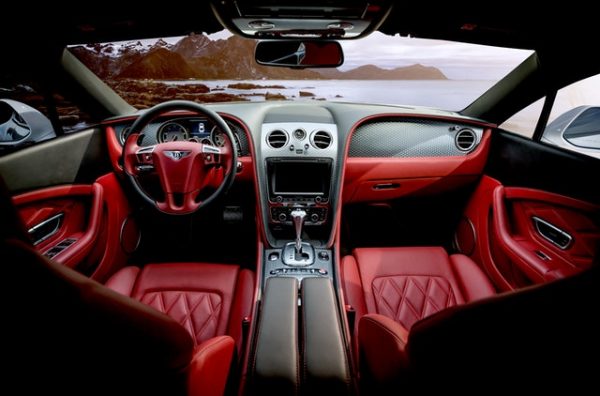Brushless motors are touted as the workhorse motor of electronic motion control. They’ve gained this reputation because they operate so reliably in many different heavy-duty settings and in applications where continuous motion is required. But even these motors can fail due to certain factors, many of which can be addressed and prevented or alleviated through competent repair.
If you’re wondering why your brushless motor didn’t perform as expected, or you want to gain the best performance from brushless motors needed for standard or specialty applications, the following information will provide some insight into factors that greatly impact the reliability and longevity of brushless motors.
Temperature
The main reason most brushless motors fail is due to excess heat during operation. This can happen simply because a motor is placed in a high-temperature operating environment without adequate insulation. Overheating can also be due to poor quality power input. When the operational temperature of a motor is too high, the motor’s windings fail and so will follow the motor.
To avoid this problem, it’s important to identify the likely temperature range of the application and choose or customize a motor that’s suited to those operational parameters. High-performance motors can be catered to the higher-temperature settings with the right insulation, coatings, and special encapsulation, like potted coils. If environmental temperatures are not to blame for a motor’s overheating, the problem could be connected to the next factor.
Current
Although it’s a common mistake to think excess voltage will burn out a motor, the problem is usually due to the current, which is what causes an electrical overload. As with excessive operational temperatures, a motor that’s subjected to more current than it’s been designed to handle will amount to excess heat, demagnetization of the rotor, and a failure of the windings. This can happen if a motor draws too much current to sustain torque because the supply voltage is too low. Another cause may be due to a short-circuiting of the motor’s conductors.
Overcurrent protection is one method for preventing the issues discussed above. There are sensors and detection devices, like circuit breakers, that will interrupt the motor’s supply before excess current can damage the windings. Additionally, an adequate design for the demands of the application and utilization of high-quality components and materials—which prevent short circuits and ground faults—will be effective at averting electrical motors.
Sealing
Properly sealing and protecting the motor’s components can be an underestimated but invaluable measure for all brushless motors. A well-sealed motor will not fail due to issues like moisture, dust, debris, and other contaminants that can invite interference from imbalance, corrosion, and more. Any foreign element can stifle, block, and damage the components that ensure smooth and efficient operation, thereby contributing to heat, vibration, and other forces that cause motor failure.
Careful sealing matters for all types of motors, and not just delicate or small brushless motors or those with more sensitive components like sensors. Standard and sensorless brushless motors are just as liable to fail if they do not have adequate sealing and housing for their specific application.
Special consideration is needed for tough and large brushless motors that will be used in heavy-duty, industrial capacities where dust, debris, temperature extremes and fluctuations, moisture, and potential for corrosion are likely to occur. Motors can be built specifically for the challenges by incorporating highly enduring assembly components and the right level of sealing.
Repairing Or Replacing A Brushless DC Motor
Brushless DC motors can deliver impressive longevity and reliable power, provided common pitfalls are avoided. When they do happen, there is still hope for repairing most motors or acquiring replacements that are better suited to the demands of an application.
In brushless motors that have failed or burnt out over time, it’s often possible to replace the bearings and restore the motor’s operation. Electric motor manufacturers and maintenance specialists can perform this service.
If motors are continuously failing within an application or are burning out far short of their expected operational life, then the issue may be the pairing of a motor with the application. In this situation, it may be necessary to review the required operational parameters and have a motor modified or customized to ensure it will perform on a level that’s necessary for the application.




